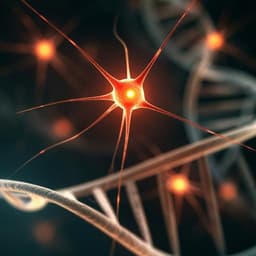
Medicine and Health
Unraveling the mechanisms of intervertebral disc degeneration: an exploration of the p38 MAPK signaling pathway
X. Zhang, Z. Zhang, et al.
Discover how the p38 MAPK signaling pathway influences intervertebral disc degeneration, a common source of low back pain. This research, conducted by a team of experts from Jilin University, explores potential therapeutic targets that could revolutionize treatment for this widespread condition.
~3 min • Beginner • English
Related Publications
Explore these studies to deepen your understanding of the subject.







